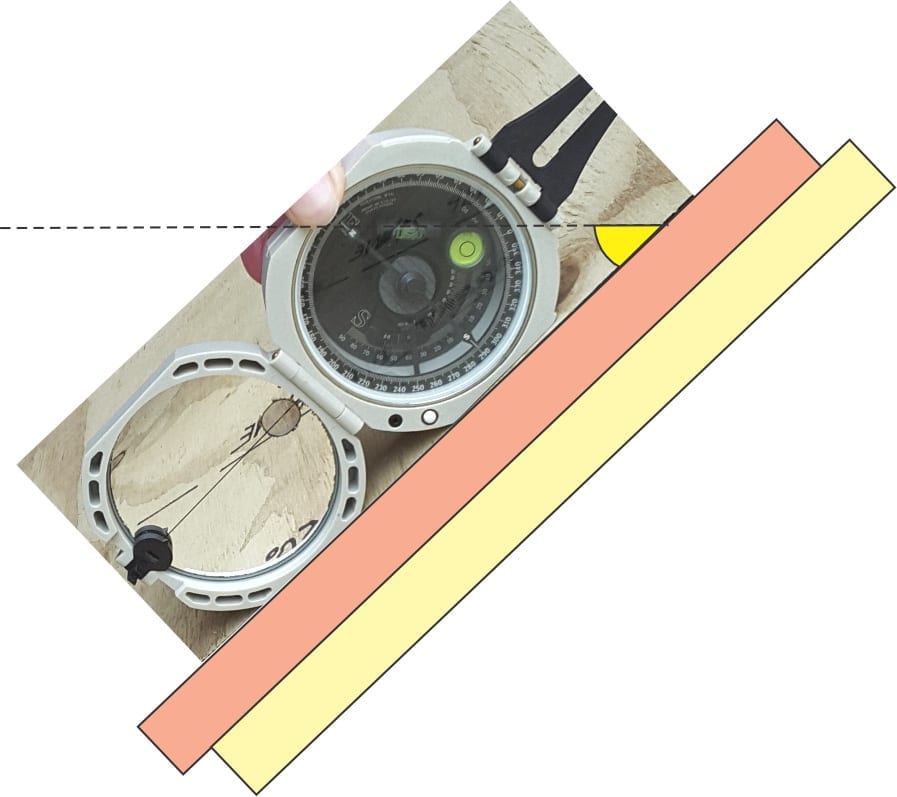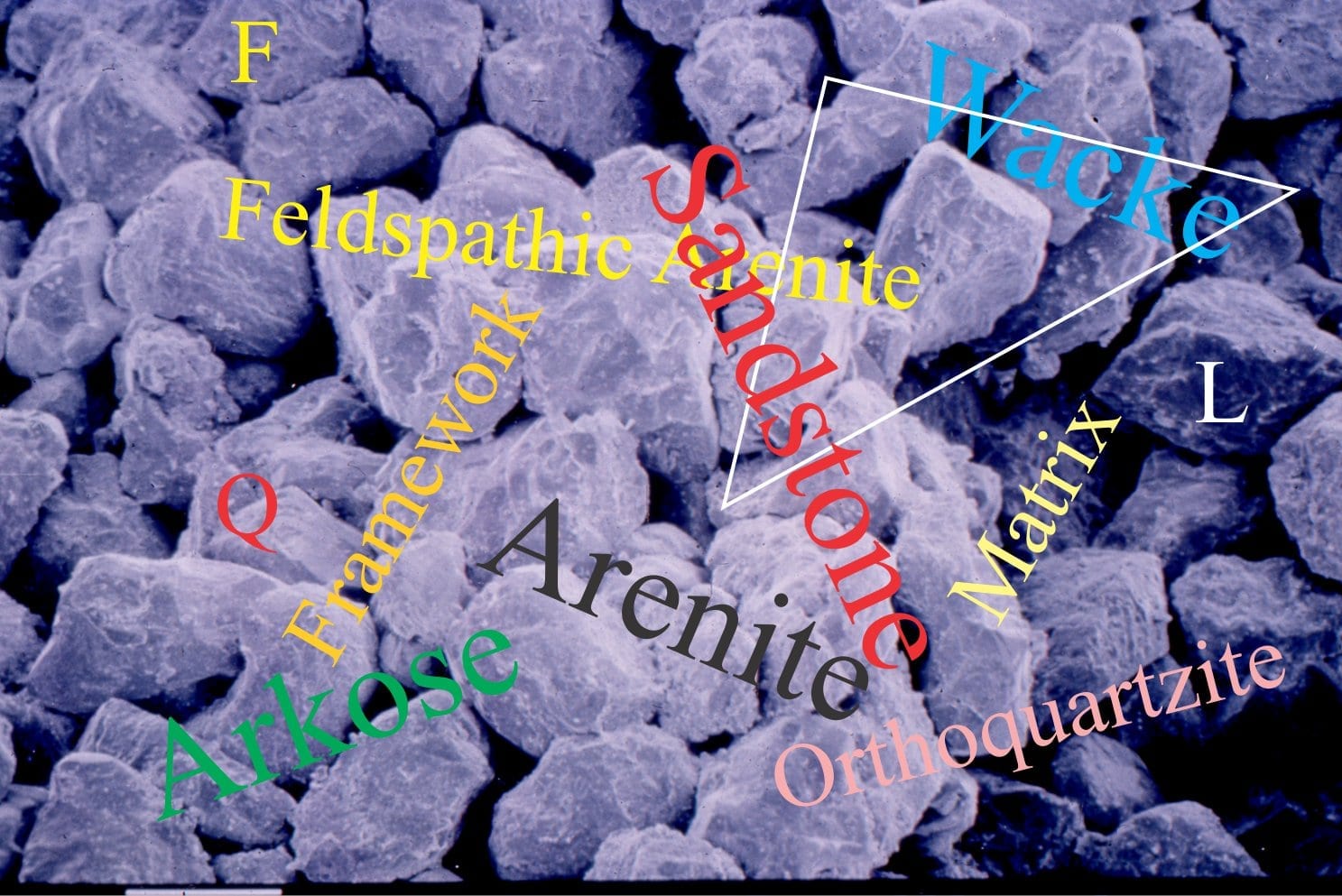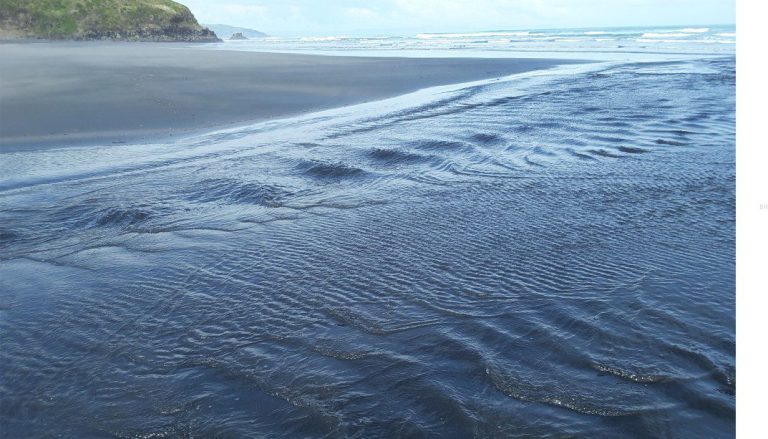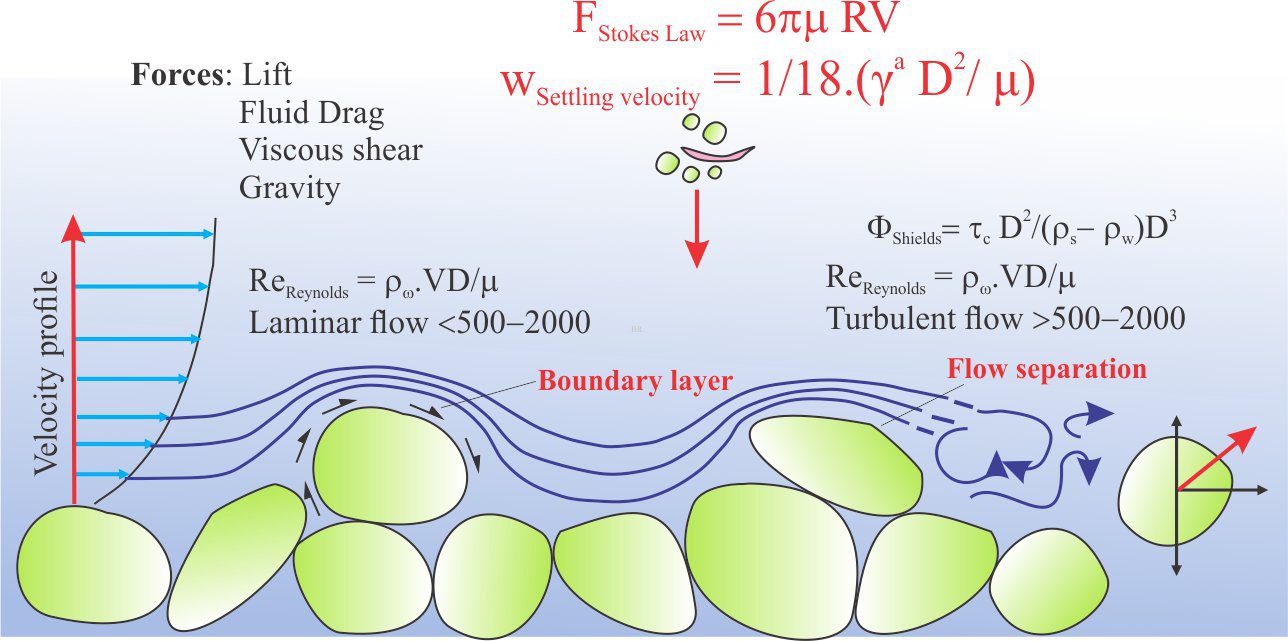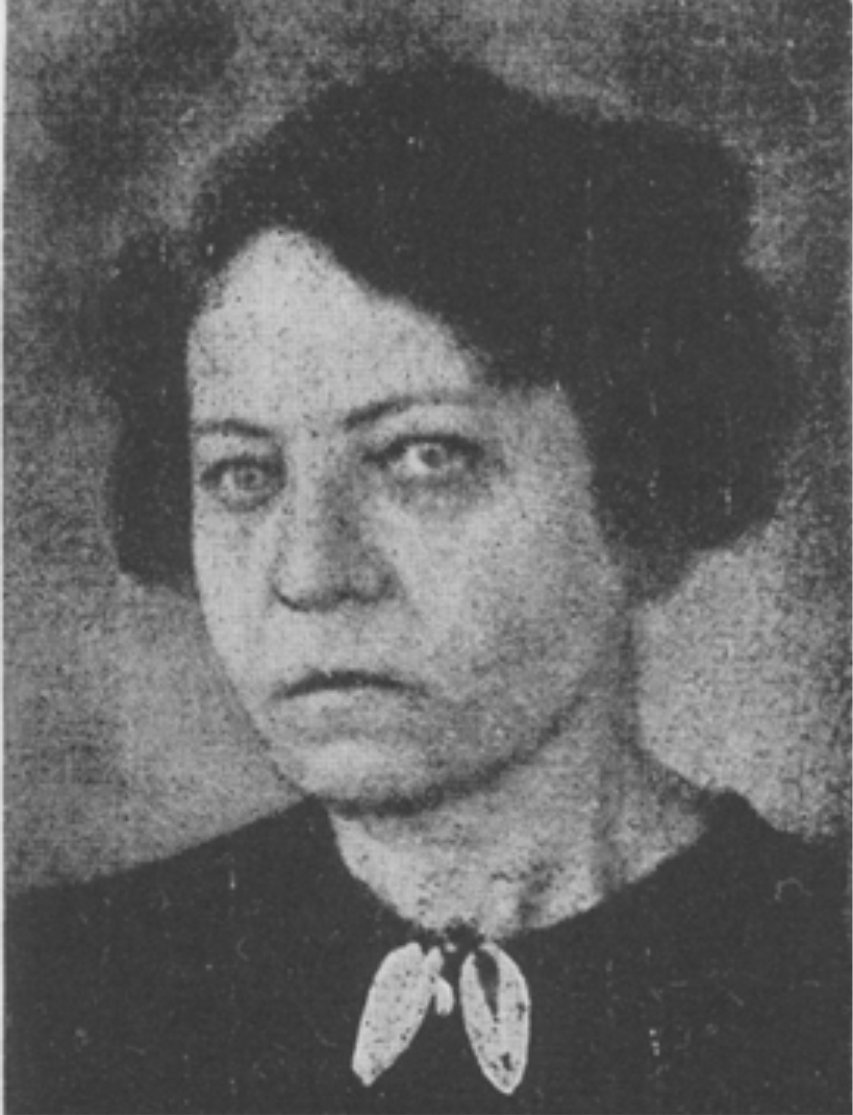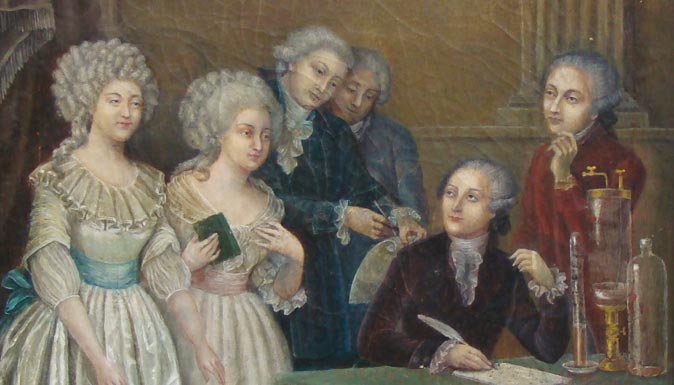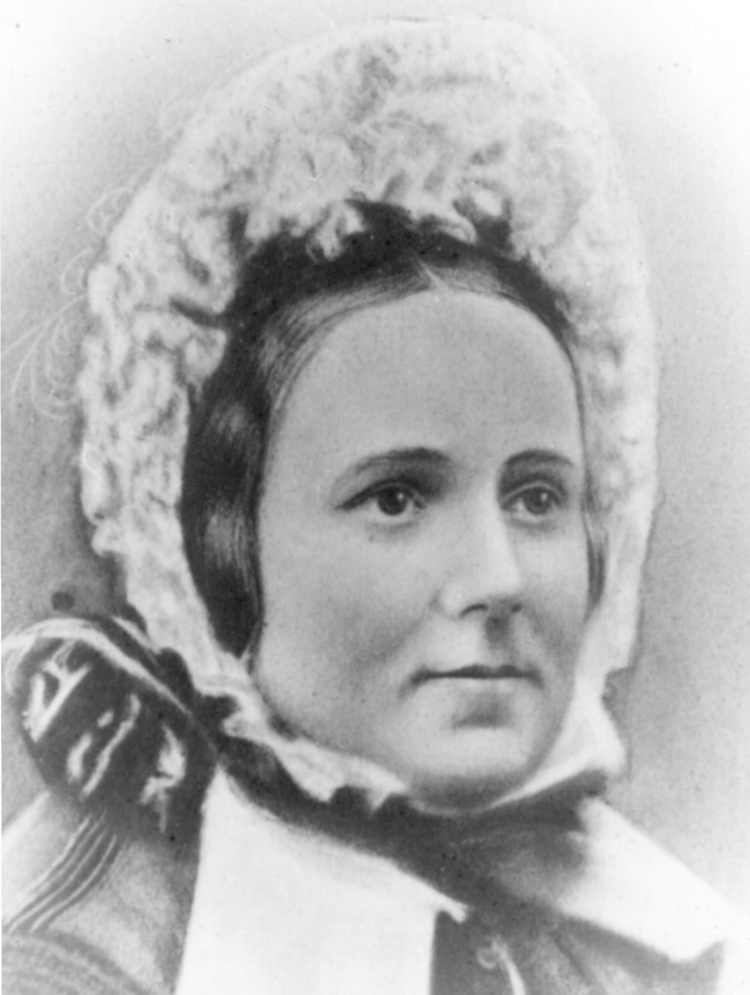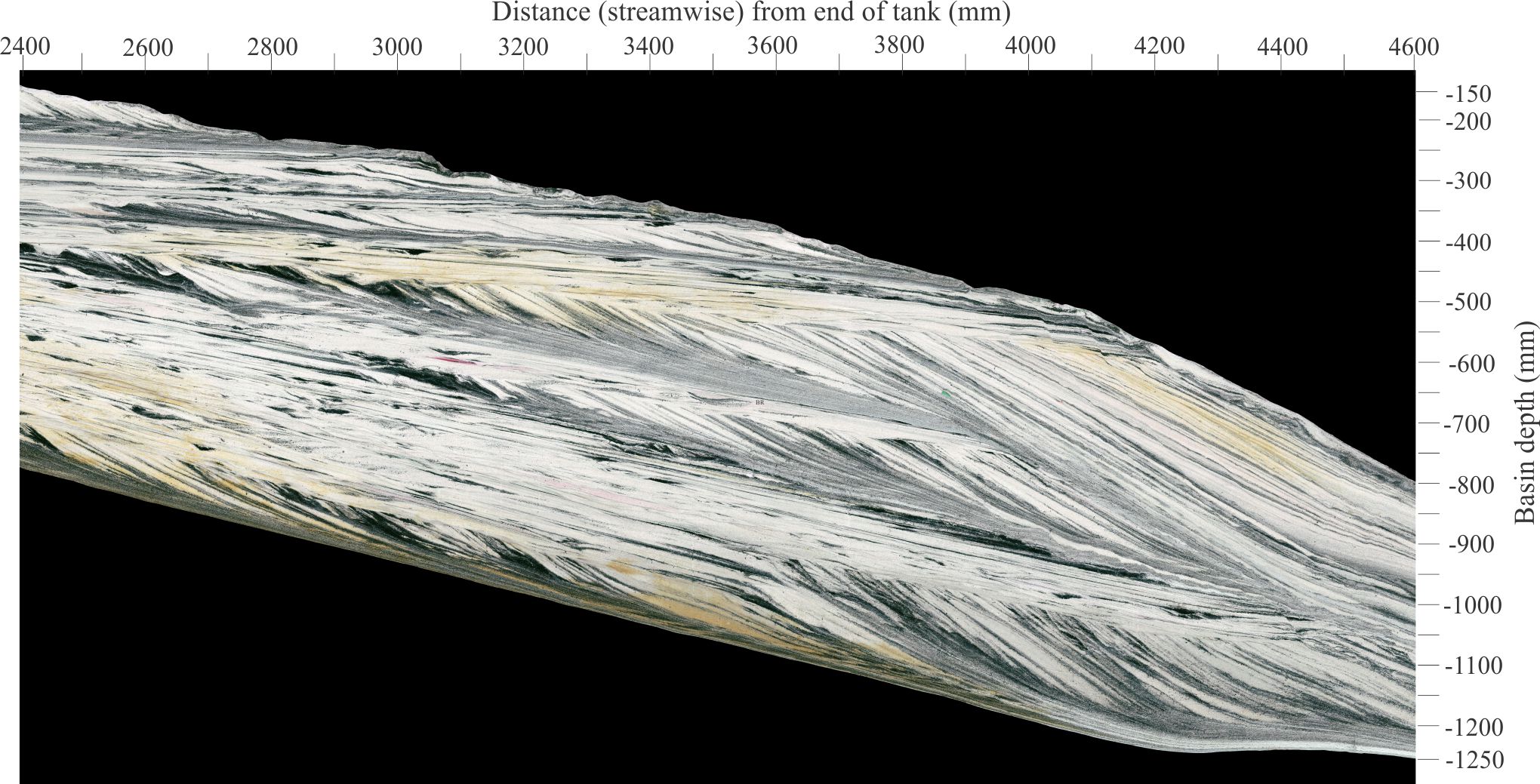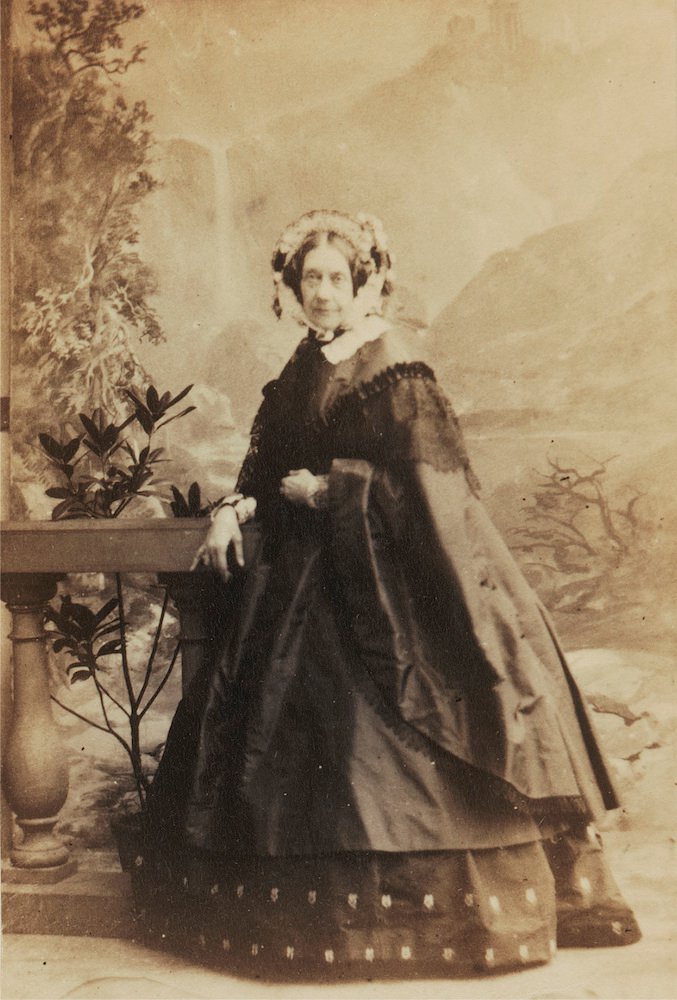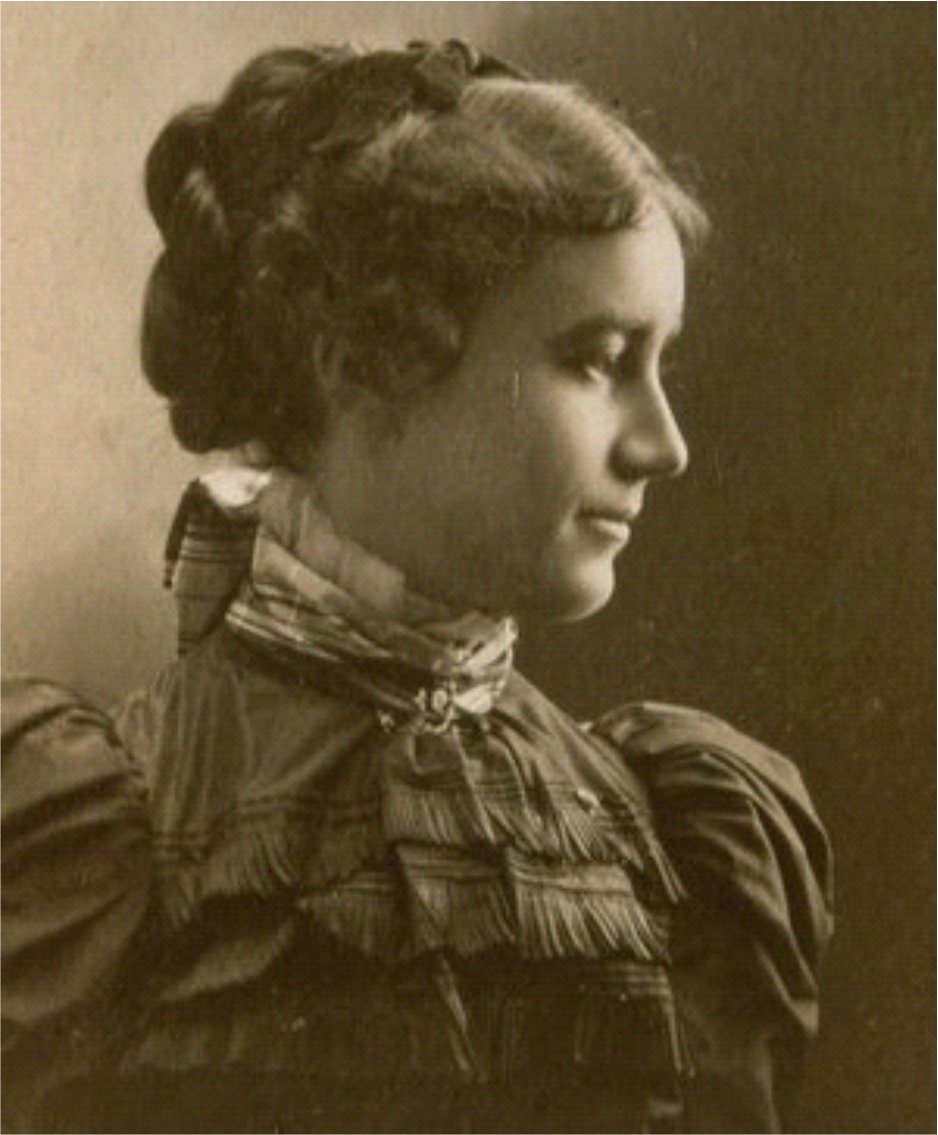
This biography is part of the series Pioneering women in Earth Sciences – the link will take you to the main page.
Lives cut short by whatever means always leave us wondering about lost potential (apart from any other kind of grief). Would Mary Anning (47) or Rosalind Franklin (37) have made additional discoveries – and perhaps received the attention they deserved while still alive? If Antoine Lavoisier (51) had survived the French Revolution, would he have participated further in the burgeoning discoveries in chemistry? There are countless others. Czechoslovak geologist Ludmila Slávíkova was another scientist who died aged 53 at the hands of the most brutal regime imaginable.
Ludmila Slávíkova, also known as Ludmila Slavikova-Kaplanova, was born Feb 23, 1890, in Prague (now the capital of the Czech Republic). At age 24 she gained a PhD from Charles University in physics and mathematics, focusing on mineralogy and crystallography. Her expertise extended to ore mineralogy, with diversions into organic crystallography and the composition of meteorites (Mineralogical Magazine, Obituary, 1946).

Three years later (1917) she married Frantisek Slávík, a professor of mineralogy at the Czech University of Prague with whom she collaborated and published several reports and papers. Beginning in 1921 she became director (keeper) of the mineral collection at the Czech National Museum, a position she held until the outbreak of World War 2 in 1939. This period was highly productive for Ludmila (and her husband). Standout publications include:
- Studie o železných rudách českého spodního siluru. Část I. – Studies on iron ores of the Czech Lower Silurian. Part I. 1918.
- Kapitoly o nerostech – Chapters on Minerals. 1923.
- Úvod do krystalografie – Introduction to crystallography, 1927. Sfinx, Praha publisher.
- Mineralogia a Geologie – Mineralogy and Geology (a school textbook), 1934-35.
- Ordovician iron ores in Bohemia (Monograph).
WWII was devastating for Czechoslovakia and the surrounding Salvic states, invaded from both the west and east. Sometime between 1939 and 1943 Ludmila and her husband became involved with the Czech resistance. They were both arrested in 1943; Ludmila was sent to Auschwitz-Birkenau (Poland) early in February where she died two weeks later, on February 18.
There was no epitaph; just a name among millions of others who perished during the Holocaust.
Reference
The Mineralogical Magazine and Journal of the Mineralogical Society, V. XXVIII, No. 199, 1947, p. 219. Obituaries.
